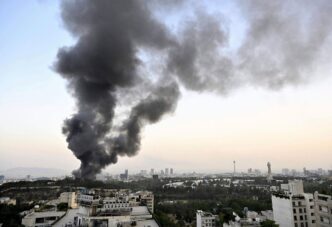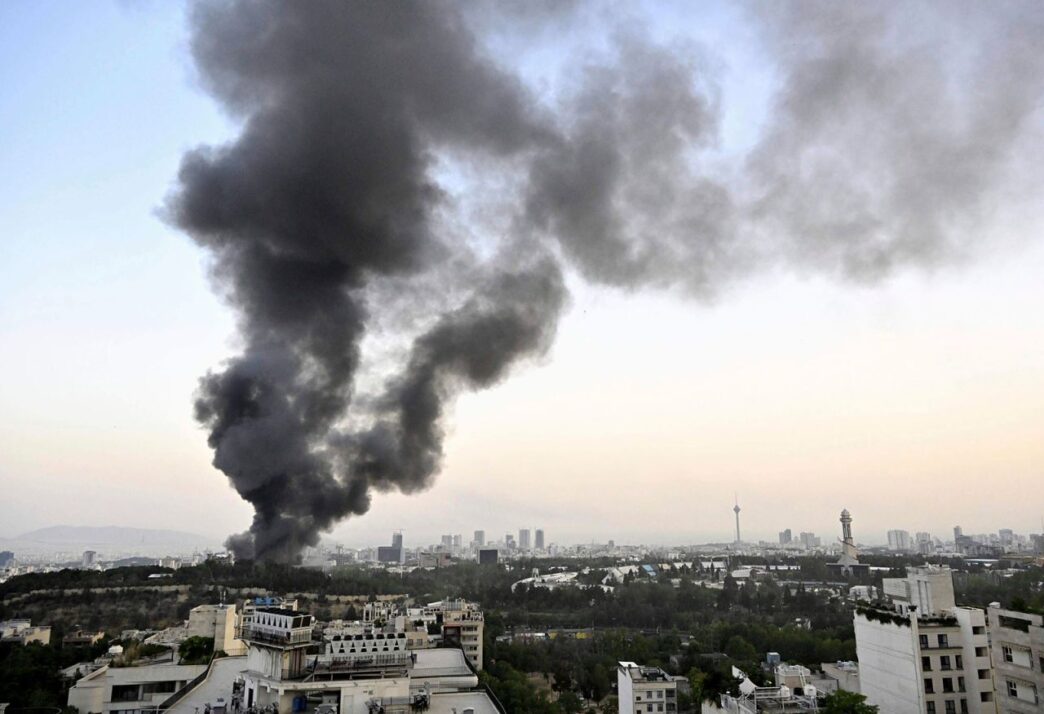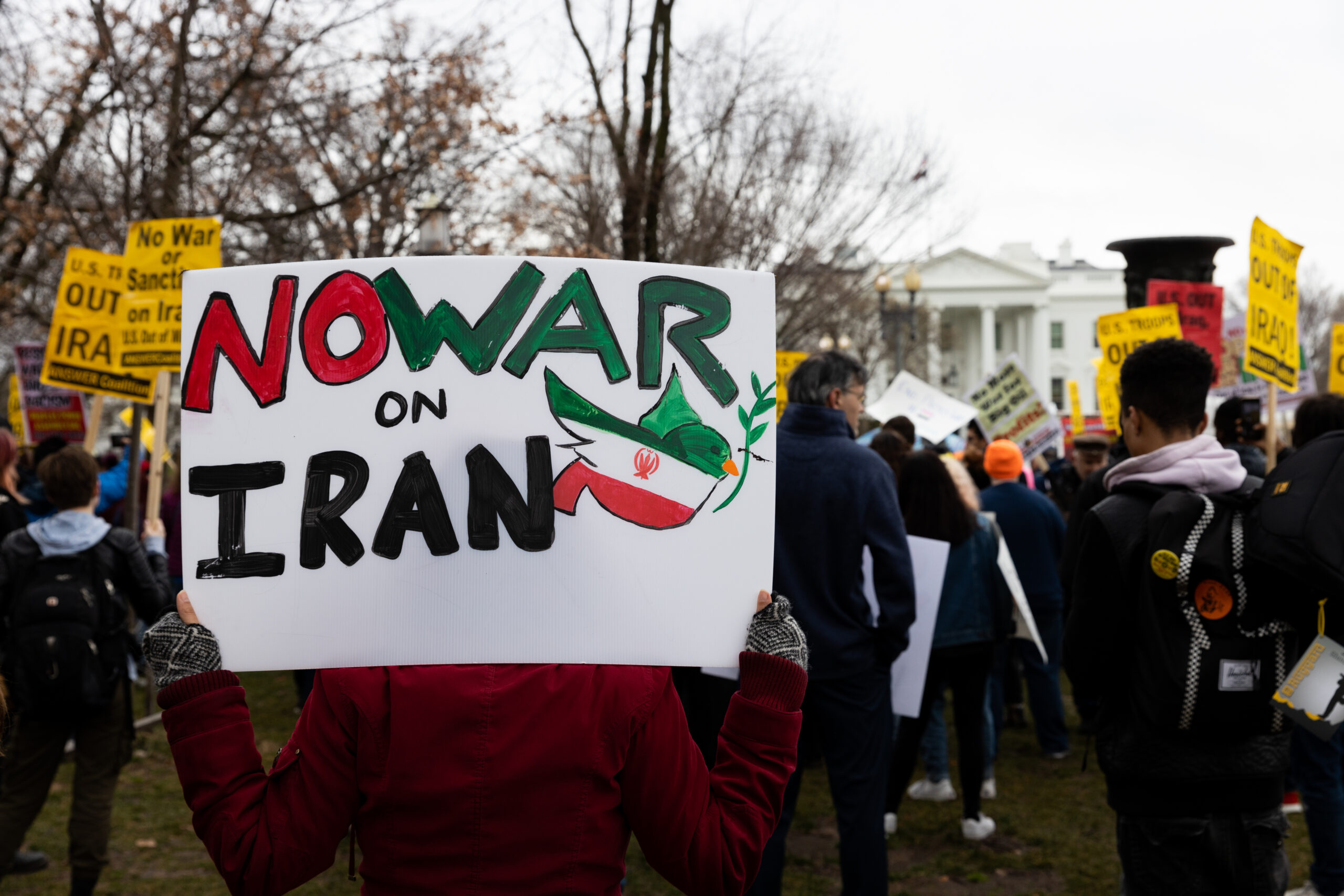In a major retaliatory move following Iran’s unprecedented drone and missile attack, Israel launched a series of coordinated airstrikes on Iranian territory, targeting key military and strategic infrastructure. While both countries have remained cautious in officially disclosing full details, emerging reports and satellite imagery indicate that Israel inflicted serious damage in a carefully calculated strike designed to weaken Iran’s capabilities without escalating into full-scale war.
Key Targets Hit by Israel
Israel’s response focused on high-value, non-civilian targets, reportedly including:
- Air defense systems and radar installations in western Iran, temporarily disrupting Iran’s aerial surveillance capabilities.
- Ballistic missile storage sites and command centers, some believed to be involved in coordinating the initial attack on Israel.
- Military training compounds used by the Islamic Revolutionary Guard Corps (IRGC).
- A suspected drone launch site in central Iran, which had been used to deploy UAVs toward Israeli airspace.
Reports also suggest that cyber operations were conducted in parallel, targeting Iranian communication systems and defense networks.
Level of Physical and Strategic Damage
- Several military buildings were destroyed or severely damaged.
- Iran confirmed limited casualties among its personnel, though the actual numbers remain undisclosed.
- Air operations in western Iran were temporarily halted, suggesting infrastructure disruption.
- Satellite photos showed large craters and scorched areas where missile silos or radar units once operated.
Despite Iran’s efforts to minimize the public impact, multiple international observers noted the sophistication and precision of Israel’s strike, indicating deep intelligence penetration and advanced operational planning.
Civilian Areas Largely Spared
One notable aspect of Israel’s response was its avoidance of civilian population centers. Unlike Iran’s broader barrage, which risked impacting non-military areas, Israel’s strike was tightly focused on military infrastructure—likely a deliberate move to maintain international legitimacy and prevent mass civilian casualties.
Geopolitical Implications
- The strike underscored Israel’s ability to penetrate deep into Iranian airspace, despite Tehran’s advanced defenses.
- It highlighted the Israeli military’s readiness to carry out limited but highly effective operations under extreme pressure.
- The damage sent a clear strategic message: Israel retains air superiority and will not tolerate direct threats without consequence.
Conclusion
Israel’s strike on Iran caused substantial damage to key military assets, disrupting radar, missile, and drone infrastructure. Though civilian harm was minimal, the attack delivered a strong warning and demonstrated Israel’s precise and strategic reach. As both sides weigh their next steps, the Middle East stands at the edge of further escalation—or a pause driven by mutual deterrence.















